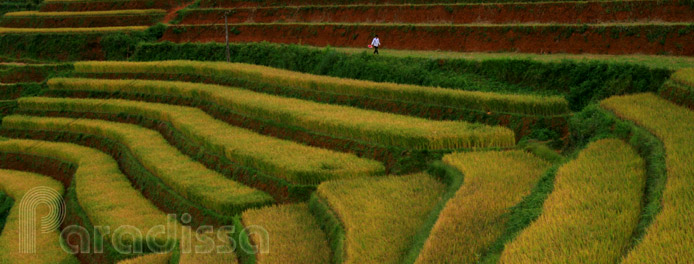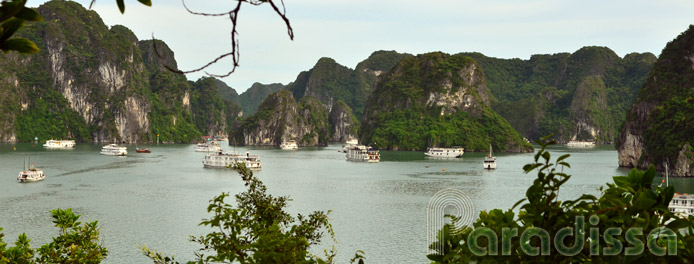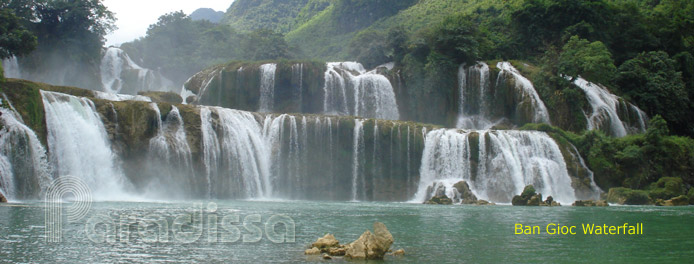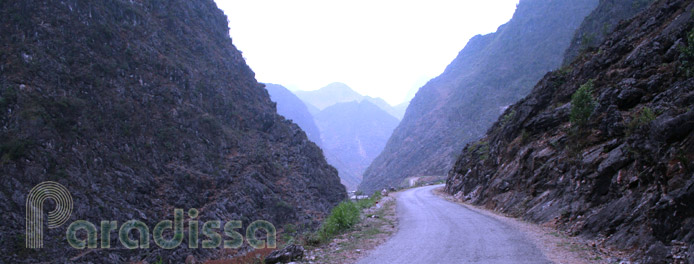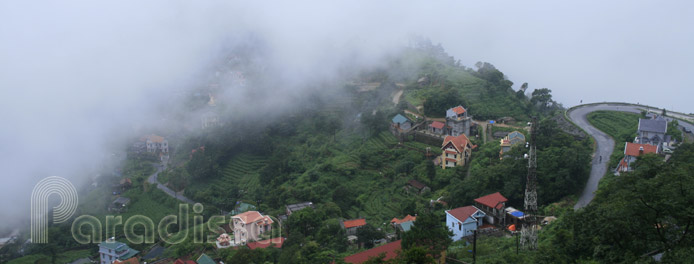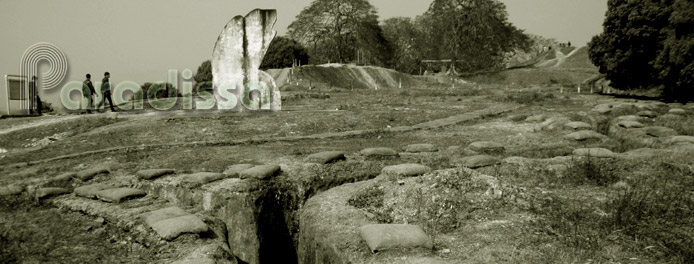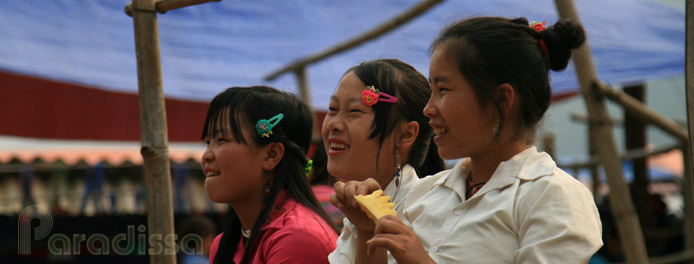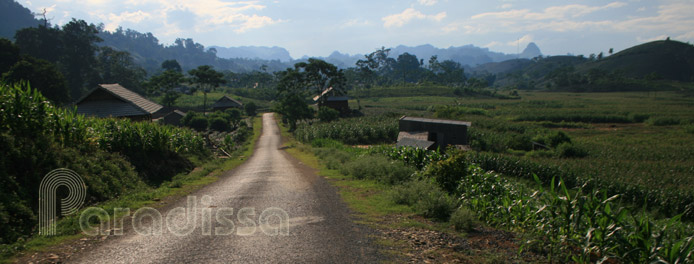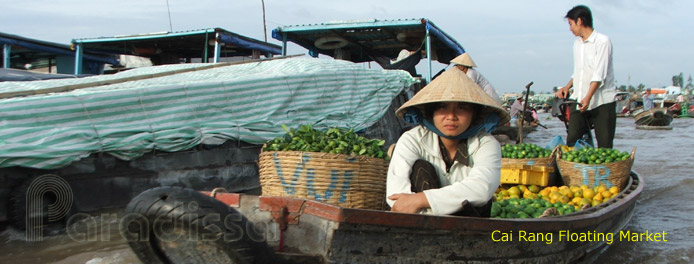Tinh Ninh Binh Holiday Weather today
Date/time of update: April 8, 2025, 12:13 am, Timezone: GMT+7
Broken Clouds
Temperature: 22.48°C
Temperature feels like: 23.11°C
Minimum Temperature: 22.48°C
Maximum Temperature: 22.48°C
Atmospheric pressure: 1016hPa
Humidity:89%
Visibility: 10000m
Wind speed: 0.43m/sec
Wind Direction: 206 degrees
Cloudiness: 82%
Sunrise: 2025-04-07 10:44:10
Sunset: 2025-04-08 11:12:34
Hoa Lu District of Ninh Binh Province was the capital city of Dai Co Viet (the name of Vietnam in the 10th century A.D) from 968 to 1009, where the Dinh and the early Le Dynasties successively ruled the kingdom from.
Travel Guide to Hoa Lu Ancient Capital, Ninh Binh
A Brief Vietnamese History and Historical Context
Vietnam had a long period of history (roughly a thousand years) under Chinese rule. Under the Chinese rule, there were several successive revolts to gain back independence but all failed. The country started having de facto independence under the Khuc Family (Khuc Thua Du) in 906 C.E.
In 923 Vietnam was again invaded by the Chinese (South Han) whose rule was ended by a military victory by Duong Dinh Nghe over the South Han in 931.
In 937 Duong Dinh Nghe was assassinated and the South Han came back with another attempt to invade Vietnam again. But Vietnam independence was re-confirmed by Ngo Quyen, a son-in-law of Duong Dinh Nghe. Ngo Quyen killed the assassin and had a much celebrated victory over the South Han on the Bach Dang River (Hai Phong).
In 944 Ngo Quyen died and turmoil followed. Still, the Ngo had power until 965 when the last Ngo King died and rebel groups claimed different regions of Vietnam. Vietnamese historians refer to the Vietnamese period between 965-968 as a feudal war among twelve warlords.
In 968 Dinh Bo Linh defeated the other feudal groups and reunited the country. He ascended the throne and officially named the kingdom “Dai Co Viet”. The king chose Hoa Lu, his homeland, as the capital city of the kingdom.

The Viet originally had their kingdom called Van Lang, and later Au Lac. The Chinese invaded and turned the land of the Viet into one of their provinces and the name such as Giao Chi, or sometimes later Giao Chau, was used to refer to a province or an administrative unit which included the land of the Viet. There was no independent name of the land!
During the Chinese rule, there was a brief period that Vietnam got independence by King Ly Bi from 544 to 602. Ly Bi proclaimed himself to be an emperor (which in Vietnamese or Chinese means “Hoang De”) and named the kingdom “Van Xuan” - The Eternal Spring.
While a “Vuong” ruled a land which could be a kingdom, but a “Hoang De” ruled an independent kingdom and had superior power to “Vuong”. A “Vuong” might be or might be not a vassal king, but a “Hoang De” always ruled an independent kingdom. There was no such power higher than Hoang De, and this was not for a Vuong.
The name Van Xuan was recovered by King Ngo Quyen after he defeated the South Han in 938.

The historical context explains why Hoa Lu was chosen to be the capital city and it was also the historical context that explains why King Ly Thai To (Ly Cong Uan) later relocated the capital city from Hoa Lu to Thang Long (Hanoi).
Things to Do, Tourist Attractions
Hoa Lu Ancient Capital can be visited on a walking tour for a couple of hours. Alternatively, you may want to take a bicycle tour which visits Hoa Lu as well as Tam Coc and other nearby key attractions.
1/ Spacious Ground, the Stelae House dedicated to King Ly Cong Uan
The ground in front of the Dinh and Le Temples and by the Sao Khe River. It was from here that is said to among the wharves where King Ly Thai To started his relocation of the capital city from Hoa Lu to Thang Long (Hanoi) in 1009-1010. This was among the most strategic moves that set up a firm foundation for Vietnam starting a new chapter of the history of the kingdom: a period of independence, stability and prosperity.


2/ The Ma Yen Mountain, Supposedly Housing one of the Tombs of King Dinh Tien Hoang (Dinh Bo Linh)
The mountain is adjacent to the Dinh Temple and the Front Yard, by the Sao Khe River. There are stone steps to the mountain top which offers good views of the surroundings.

3/ Dinh Temple
The temple is dedicated to the Dinh Royal Family and King Dinh Tien Hoang, a military talent whose homeland was Hoa Lu. The temple has a beautiful design with lush green gardens, ponds and a scenic mountain to the rear.

4/ Le Temple
The Le Temple is dedicated to King Le Hoan and the early Le Dynasty. King Le Hoan did a good job of bringing back stability to the kingdom after a turmoil time at the end of the Dinh Dynasty. The temple has a slightly different design to that of the Dinh Temple, but also has a lovely atmosphere.

5/ Nhat Tru Pagoda
The Nhat Tru Pagoda is among the old structures left of Hoa Lu Ancient Capital. It was here that top-ranking Buddhist monks including Phap Thuan, Khuong Viet and Van Hanh stayed and practiced Buddhism as well as had meetings to assist the kings in drafting policies.

The name of the pagoda comes from the Nhat Tru (One Pillar, One Pole) stone pole in the pagoda which is carved with teachings from Buddhist Bibles. The pillar is estimated to have been built in 995 C.E.




